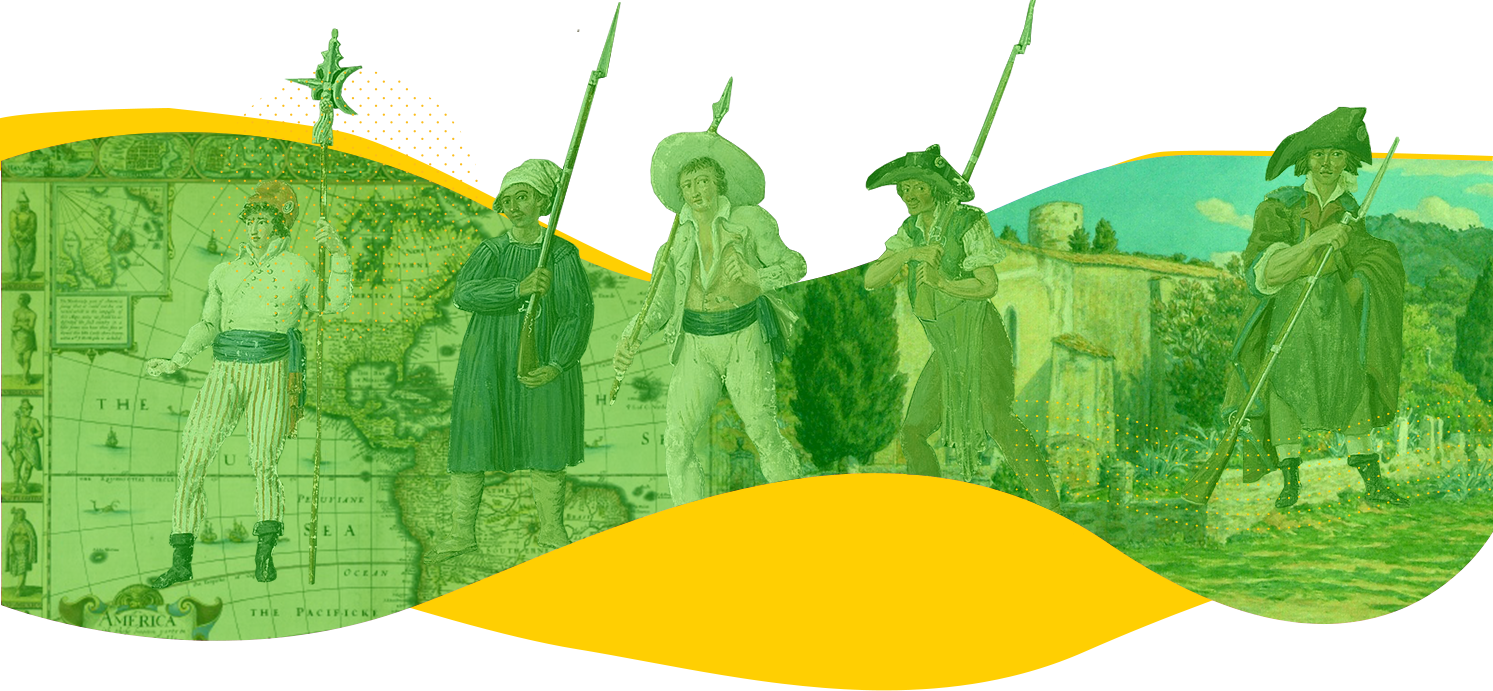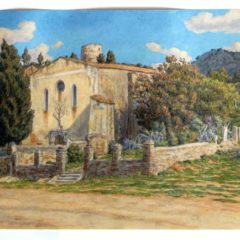


Modern period
From 1492 to 1789
1492
Discovery of America
Christopher Columbus sets foot on the island of Guanahani in the Bahamas, thinking of arriving in the East Indies.
1519
The Chapel of St Francis
The memory of Saint François de Paule is still vivid in people’s minds. The inhabitants decide, with their limited means, to build a chapel in his honor. The construction of the Saint-François chapel, the first dedicated to the saint, began in 1519, the same year as the canonization of the monk. He thus becomes Saint François de Paule.
1775-1783
Construction of the St Trophyme church
Within the enclosure of the castle of the lords of Fos, was the first church of the village dedicated to Saint Trophyme. In 1771, the town noted the poor condition of the small building, which had become too cramped and even dangerous for the faithful. The construction of a new place of worship is decided. the chosen location is lower in the village, on land belonging to the Lord in place. Saint trophime, second of the name, was born, and the first stone was laid in July 1775. His plans aim to welcome nearly 1600 faithful. The reality of the place will decide otherwise. Despite construction delays due to poor workmanship, the church was finally opened for worship in 1783.
1789
French Revolution
The French Revolution arrives in French villages and radically transforms the landscape. In Bormes, feudal rights are abandoned. The castle is resold as national property, as are the places of worship.
Churches and chapels are emptied of their religious representations. They then become “Temples of Reason”, places where we will explain to the people the new laws and the new hierarchy of power. The works are stored and would have been destroyed without the intervention of the municipality in extremis. The Château des Seigneurs de Fos will be sold for 100 francs to a local “sans culottes” revolutionary, Mr Donat Crest.
1789 is also the date of construction of the Clock Tower, the top of which hosts a bell punctuating the peasant life of the village and warning the inhabitants of a possible danger, such as the start of a fire.
In the years that followed, the village regained its autarky. Agricultural calamities sometimes destroy crops. Periods of frost destroy olive trees, fruit trees and vines. Famine and scarcity often knock on the doors of the city.

